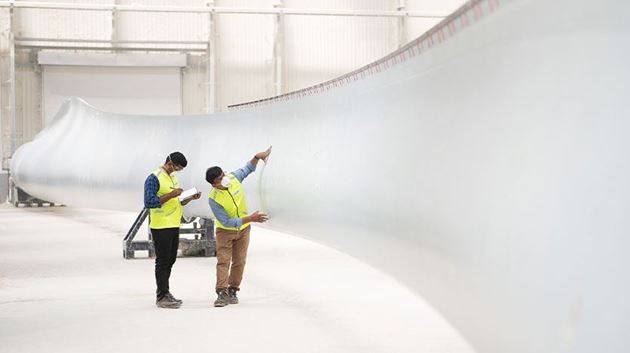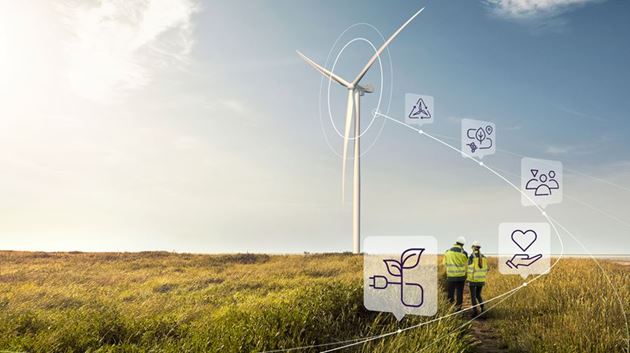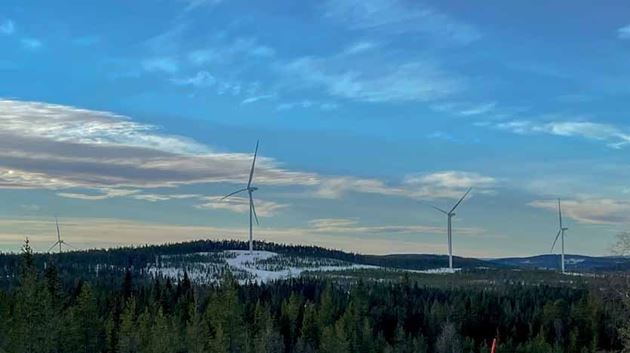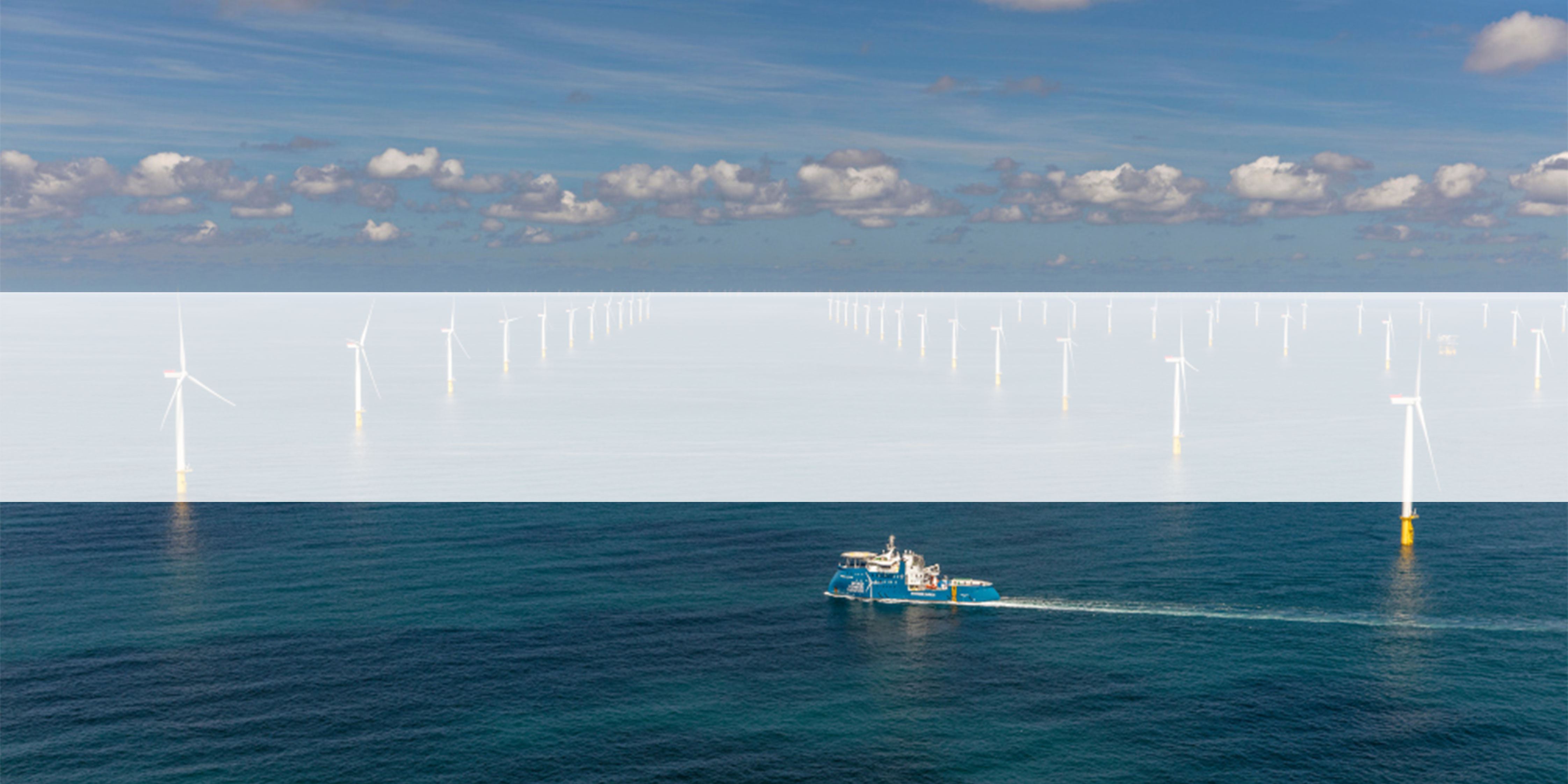
2021 wins gold in the offshore wind industry
Madrid / 14 July 2022
The offshore wind industry has crowned 2021 as its best year ever, as was revealed in the Global Offshore Wind Report 2022 presented by the Global Wind Energy Council (GWEC) at the United Nation Ocean Conference in Lisbon. During the past year, 21.1 GW of offshore wind energy was installed worldwide, three times higher than in 2020, and setting a new record in the sector.
China, for the fourth consecutive year, led the way as the country that invested the most in the sector. During 2021 it contributed 80% to the total of GW installed. Other markets in Asia, such as Vietnam and Taiwan are also starting to make progress with 779 MW and 109 MW installed respectively. Besides Asia, Europe is the other region with the most offshore wind installations in the past year, with the UK contributing 2.3 GW, followed by Denmark with 605 MW, Netherlands (392 MW) and Norway (3.6 MW).
However, looking at the data globally, Europe continues to lead the regional offshore market with 50.4% of installed offshore wind turbines followed closely by Asia with 49.5%. North America, which is beginning to emerge as a new market with a total of 42 MW installed, represents only 0.1% of the global market.
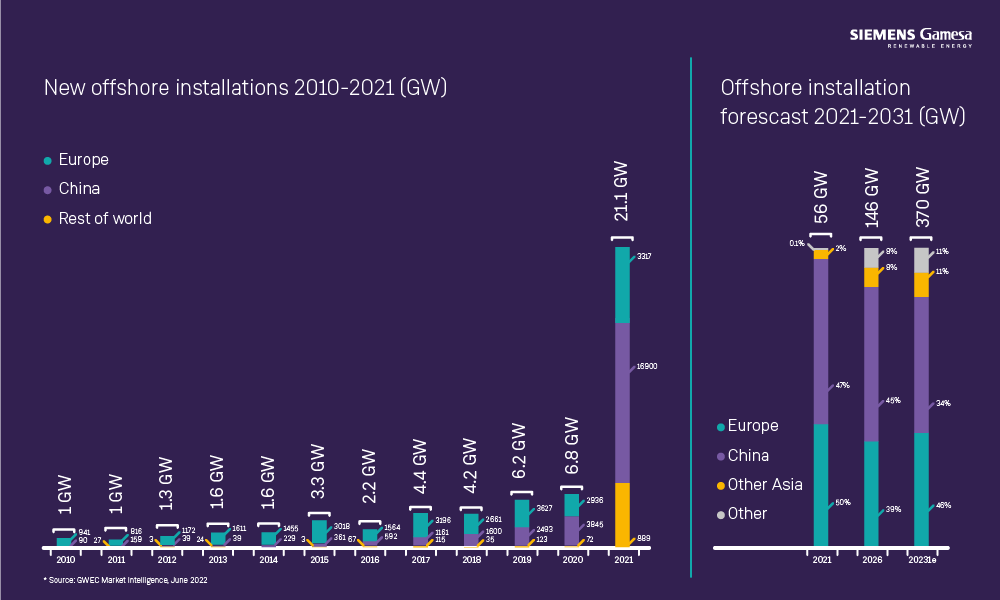
The report analyzes the future of offshore wind based on the commitment of governments during the COP26 in Glasgow towards the goal of becoming carbon neutral. GWEC Market Intelligence expects 315 GW of offshore wind to be installed over the next decade, bringing the global total to 370 GW by 2031.
The report highlights how countries around the world are focusing on offshore wind as policymakers recognize the sector's ability to transform the energy system, displace fossil fuels, create jobs and achieve economic growth. To achieve this goal, the report highlights the key challenges that governments, industry and other stakeholders must address and the urgent need to develop a regulatory framework to deliver on these promises.
Throughout the Global Offshore Wind Report 2022, GWEC highlights four major challenges that the industry must face in order to achieve its goals.
First, ensuring an adequate supply chain. It should be noted that continued market growth requires a supply chain that is up to the task and has the capacity to supply markets around the world. However, the offshore wind supply chain remains under pressure from rising commodity prices and shrinking margins, which is undermining the ability of the offshore wind sector to grow sufficiently to meet growing global demand and meet the challenge of decarbonization.
The second challenge addresses the policy actions that governments need to take to boost offshore wind. Currently, one of the main problems is the limited release of seabed leases, which is delaying the sector's evolution. GWEC's report calls on governments to increase and accelerate the release of seabed leases over the next decade to achieve a more environmentally friendly industry that meets climate targets.
The third challenge facing offshore wind is meeting climate targets and sustainability. There are two important aspects, the first focuses on supply chain management and how to source the necessary materials while respecting the environment. The second focuses on coexistence with nature where it is essential to consider the challenges related to the biodiversity of the oceans.
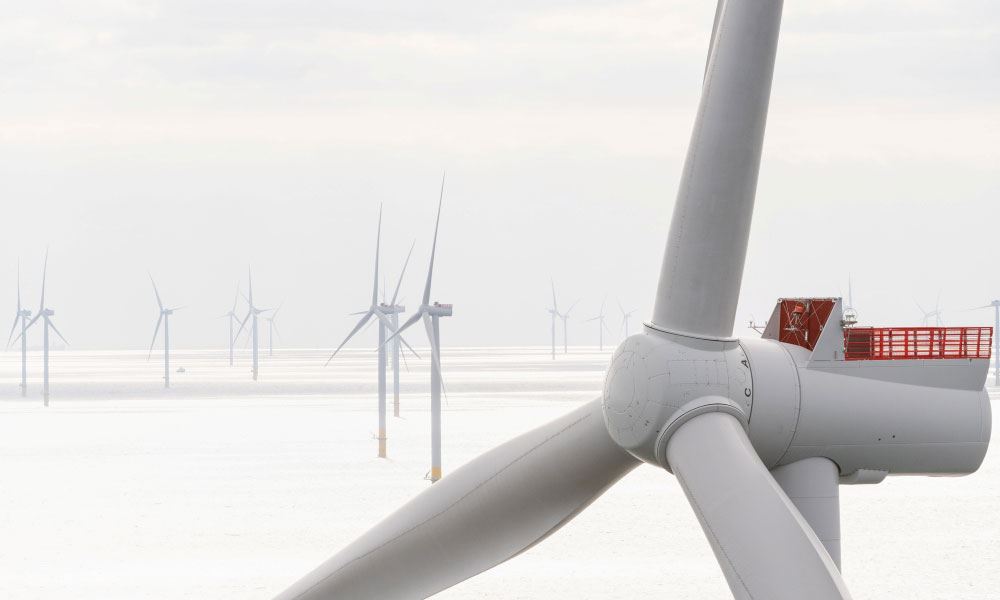
The report also highlights a challenge more focused on the development of technology in the industry, which includes technological innovation in offshore wind turbines. In addition, it stresses the importance of green hydrogen and Power-to-X development.
Increased political awareness of offshore wind energy along with the urgency to curb climate change appear to be the main reasons why offshore turbine installations hit a record during 2021, a trend that will continue if we raise awareness of the need for renewable energy and the major role it plays in environmental conservation.

